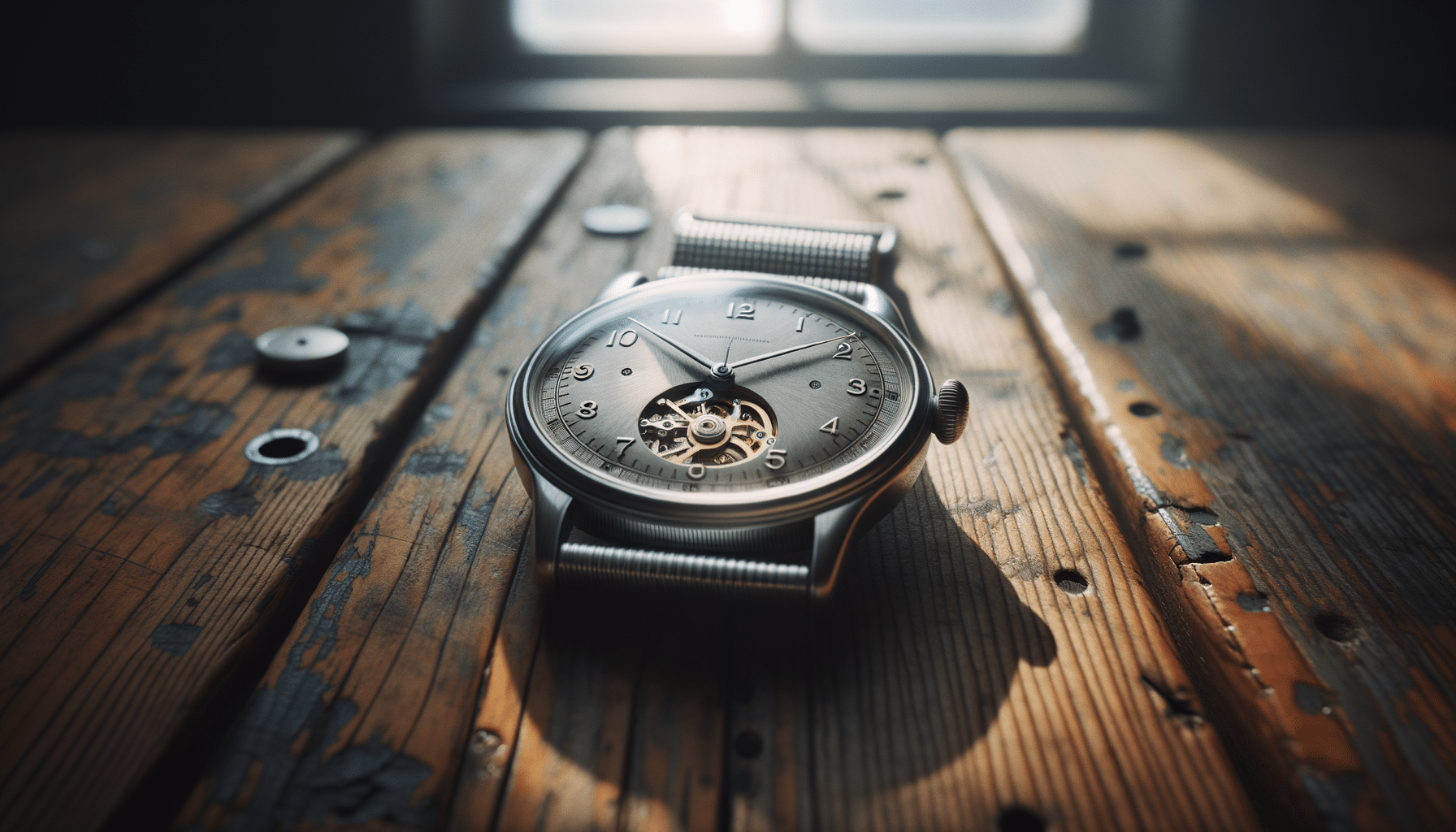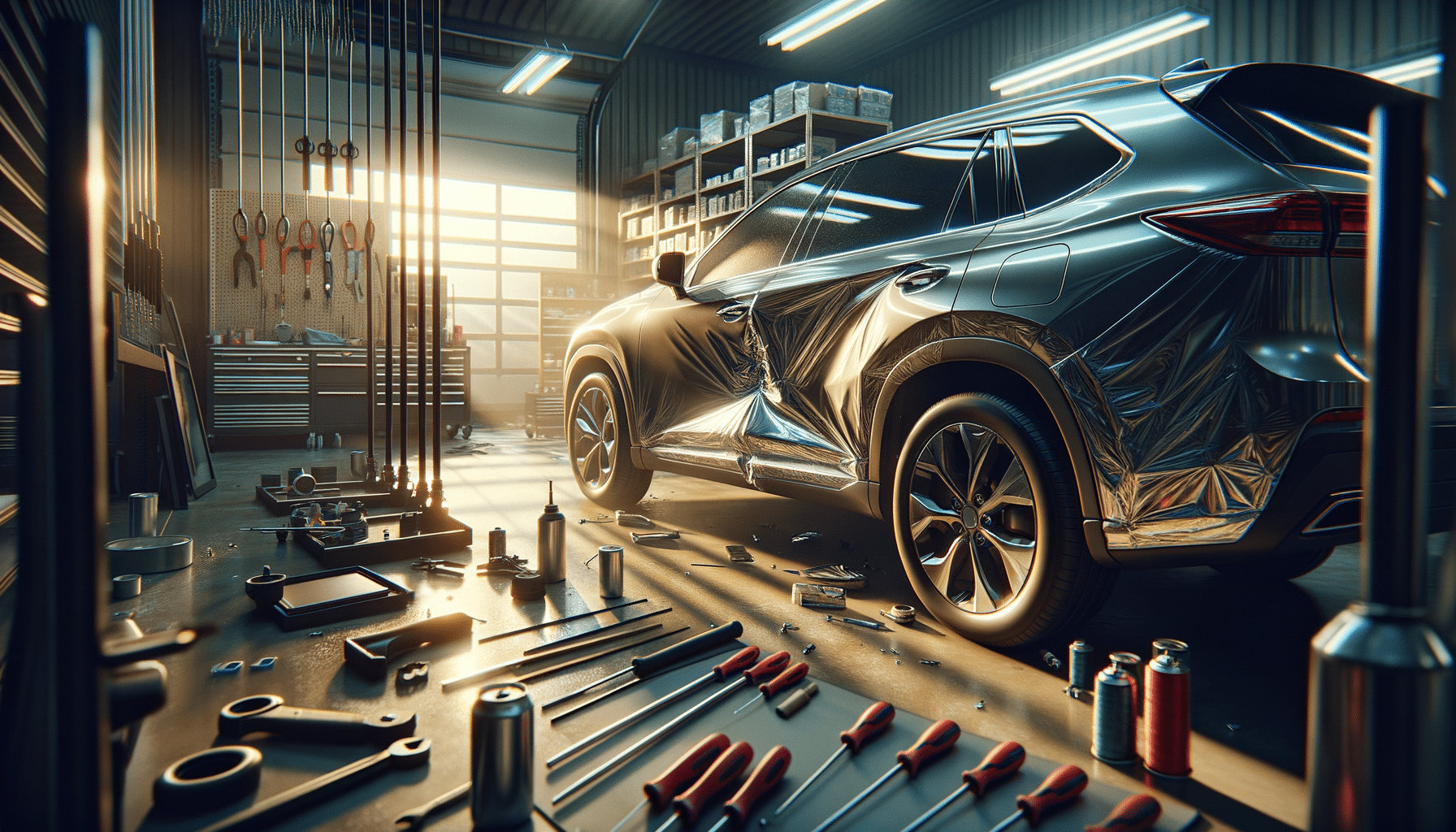
Exploring the World of Watches: Timeless Elegance and Functionality
The Evolution of Watches: A Journey Through Time
Watches have been a staple in human history for centuries, evolving from simple time-telling devices to intricate pieces of art and engineering. The journey of watches began in the 16th century with the advent of the pocket watch, which was a luxury item reserved for the wealthy. As technology progressed, the wristwatch emerged in the early 20th century, initially for military use, allowing soldiers to coordinate attacks without the need for cumbersome pocket watches.
As the wristwatch gained popularity, it became a symbol of practicality and style. Iconic designs from the mid-20th century, such as the dive watch and the chronograph, showcased the versatility and functionality of watches. These designs laid the groundwork for modern watches, which combine traditional craftsmanship with cutting-edge technology.
Today, watches serve not only as timekeeping devices but also as expressions of personal style and status. Collectors and enthusiasts appreciate the craftsmanship and history behind luxury watches, while others enjoy the practicality and innovation of smartwatches. The evolution of watches reflects both technological advancements and changing societal trends, making them a fascinating topic for exploration.
The Art and Craftsmanship Behind Watchmaking
Watchmaking is an art form that requires precision, patience, and skill. From the intricate movements to the elegant design, each watch is a testament to the craftsmanship of its maker. Traditional watchmaking involves assembling hundreds of tiny components, each meticulously crafted to ensure accuracy and durability.
The heart of a mechanical watch is its movement, which can be manual or automatic. Manual movements require the wearer to wind the watch, while automatic movements harness the energy from the wearer’s wrist movements. These mechanisms are often visible through a transparent case back, allowing enthusiasts to appreciate the complexity and beauty of the watch’s inner workings.
In addition to the movement, the design and materials used in a watch’s construction play a crucial role in its appeal. High-quality materials such as stainless steel, gold, and sapphire crystal are commonly used, providing both durability and aesthetic value. The attention to detail in every aspect of a watch’s design, from the dial to the strap, contributes to its overall allure and desirability.
Watches as Fashion Statements: Timeless Style
Watches have transcended their original purpose of telling time to become essential fashion accessories. A well-chosen watch can complement any outfit, adding a touch of elegance and sophistication. With a wide range of styles available, from classic dress watches to sporty chronographs, there is a watch to suit every personality and occasion.
In the world of fashion, watches serve as both subtle and bold statements. A minimalist watch with a clean design can convey a sense of understated elegance, while a bold, oversized watch can make a striking statement. The choice of watch can reflect an individual’s taste, lifestyle, and even their values, making it a deeply personal accessory.
Moreover, watches are often associated with luxury and status. High-end brands are renowned for their craftsmanship, heritage, and exclusivity, making them coveted items among collectors and enthusiasts. Whether it’s a vintage timepiece or a contemporary smartwatch, the right watch can enhance one’s style and leave a lasting impression.
The Technological Advancements in Modern Watches
In recent years, technology has revolutionized the watch industry, leading to the rise of smartwatches and hybrid watches. These devices combine traditional watch design with modern technology, offering features such as fitness tracking, notifications, and even the ability to make phone calls.
Smartwatches have become increasingly popular due to their versatility and functionality. They offer a range of features that cater to various aspects of daily life, from health monitoring to navigation. With customizable watch faces and interchangeable straps, smartwatches allow users to express their individuality while staying connected.
Despite the surge in smartwatch popularity, traditional mechanical watches continue to hold their ground, appreciated for their craftsmanship and timeless appeal. Many watch enthusiasts enjoy the tactile experience of winding a mechanical watch and the intricate beauty of its movement. The coexistence of traditional and modern watches highlights the diverse landscape of the watch industry, offering something for everyone.
The Future of Watches: Trends and Innovations
The watch industry is constantly evolving, with new trends and innovations shaping its future. Sustainability has become a significant focus, with brands exploring eco-friendly materials and production methods to reduce their environmental impact. This shift reflects a growing consumer demand for responsible and sustainable products.
Innovation in materials and technology continues to push the boundaries of watch design. Lightweight materials such as titanium and ceramic are increasingly used, providing durability and comfort. Additionally, advancements in movement technology, such as increased power reserves and enhanced accuracy, are continually improving the functionality of watches.
The future of watches also lies in personalization. As consumers seek unique and individualized products, brands are offering customizable options, from interchangeable straps to bespoke designs. This trend towards personalization allows individuals to create a watch that truly reflects their style and preferences.
In conclusion, watches remain a fascinating and multifaceted topic, encompassing history, craftsmanship, fashion, and technology. As the industry continues to innovate and adapt, watches will undoubtedly retain their place as both essential tools and cherished accessories.


